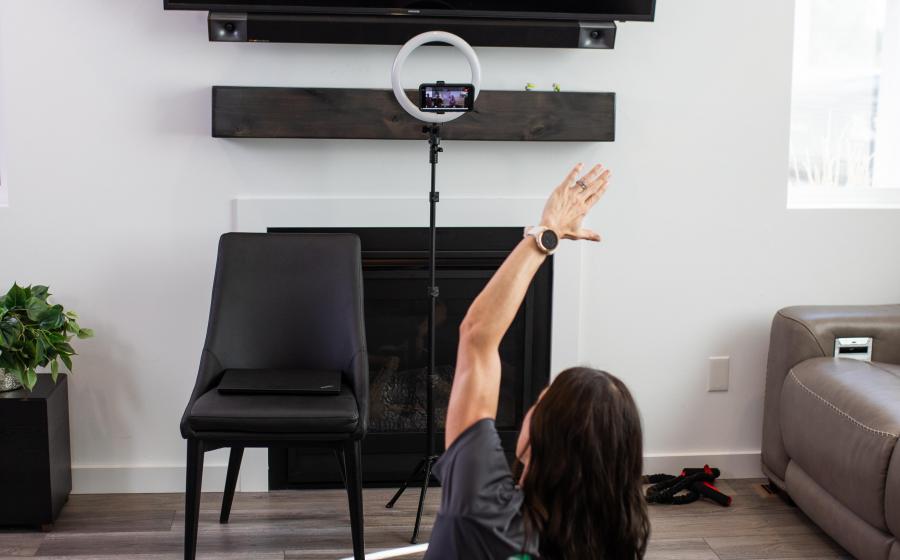Why Investors Take a Shine to Silver
(NewsUSA) - Silver is a part of everyday life in more ways than most people realize. Besides the more obvious industrial uses, silver is a key component in many products that people rely on every day. Your electric-powered car, the antibacterial thread in your sports gear, and even your smartphone all use silver.
- Silver is a part of everyday life in more ways than most people realize. Besides the more obvious industrial uses, silver is a key component in many products that people rely on every day. Your electric-powered car, the antibacterial thread in your sports gear, and even your smartphone all use silver.
Silver also factors in products ranging from solar panels to burn creams and water purification systems.
Silver is one of the most versatile elements; it can be ground into powder, turned into paste, shaved into flakes, converted into a salt, combined with other metals, flattened into printable sheets, drawn into wires, suspended within other materials, or even used as a catalyst in chemical reactions.
Key areas where silver shines include:
Automotive. Nearly 90 million ounces of silver is projected to be absorbed annually in the automotive industry alone by the year 2025, according to the Silver Institute, a nonprofit organization that informs the public about silver and its uses.
Medicine. Silver has a long and intriguing history as an antibiotic in human health care. Silver has been developed for use in water purification, wound care, bone prostheses, reconstructive orthopedic surgery, cardiac devices, catheters and surgical appliances. In addition, recent research suggests that silver’s long-lasting antibacterial power could improve the performance of medical products that help protect us from harmful pathogens.
Electronics/Technology. Silver’s excellent electrical conductivity makes it a natural choice for everything from printed circuit boards to switches and TV screens. Silver has become an important element in 5G infrastructure investment.
Silver also is a solid choice for savvy investors, as the demand will continue to rise. Currently, there is an abundance of silver, which has kept prices low.
Companies such as Vancouver-based Silvercorp Metals offer an opportunity to benefit from the investment value of silver. Silvercorp acquires, explores, develops, and mines precious and base metal mineral properties at its producing mines and exploration and development projects, primarily in China’s Ying Mining District, known as “The Silver Quadrant,” where it also produces gold, lead and zinc.
Looking ahead, silver is an essential element of the “electrification economy,” and companies such as Silvercorp that are positioned for long-term growth and committed to responsible mining practices are worth watching.
Visit silvercorpmetals.com for more information.



 - Starting and maintaining a successful small business is a challenge in any setting. For rural entrepreneurs, that struggle is even greater when it comes to accessing capital, high-speed internet and quality workers, according to a survey from SCORE, a nonprofit organization dedicated to helping small businesses since 1964.
- Starting and maintaining a successful small business is a challenge in any setting. For rural entrepreneurs, that struggle is even greater when it comes to accessing capital, high-speed internet and quality workers, according to a survey from SCORE, a nonprofit organization dedicated to helping small businesses since 1964. 
 - Small business owners know that one of the secrets to success is hiring quality employees and keeping them. One of the best ways to keep your best employees happy is by offering a robust benefits plan. In fact, 11 states now mandate that most small businesses offer employees a retirement plan, according to Value Point Associates (VPA), a national Employer Member Association that specializes in offering “large-company” benefits to small and medium-sized businesses.
- Small business owners know that one of the secrets to success is hiring quality employees and keeping them. One of the best ways to keep your best employees happy is by offering a robust benefits plan. In fact, 11 states now mandate that most small businesses offer employees a retirement plan, according to Value Point Associates (VPA), a national Employer Member Association that specializes in offering “large-company” benefits to small and medium-sized businesses. 


